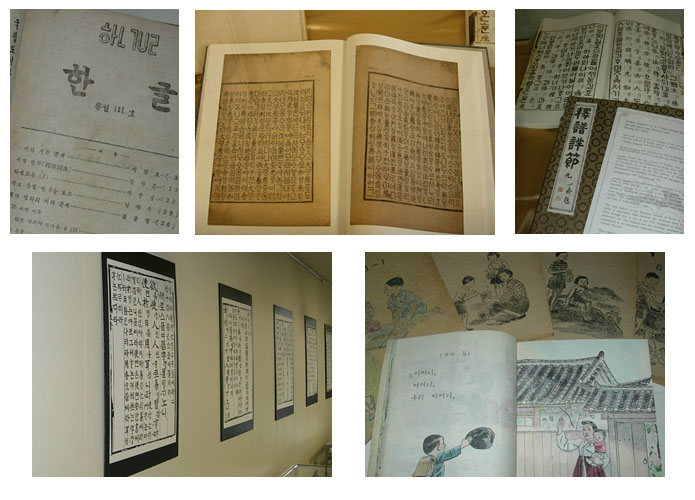Hangŭl, Korean Alphabet

January 1, 2011-January 1, 2011
Location: Asia Collection
Hangŭl is the writing system that King Sejong the Great created in 1444 (the 12th lunar month of 1443) and is still used by Koreans today. People around the world have taken great pains to create writing systems in order to express their language, but never before had a new writing system been so purposefully created and adopted for official use by a nation.
In 1997, UNESCO acknowledged the unique value of Hangŭl by including the Hunminjŏngŭm (lit. The Correct/Proper Sounds for the Instruction of the People) manuscript in its 'Memory of the World' Register. The fact that Korea has one of the highest literacy rates in the world is due to Hangŭl’s scientific structure, which makes it easy for anyone to learn. In particular, this remarkable ease of understanding has enabled Hangŭl to serve as a driving force behind the development of Korean culture, which has become even more evident in today’s digital age.
The exhibit includes Copies of King Sejong the Great's preface in Hunminjŏngŭm, a sample of reprints of books printed in Hangŭl during the 15th~16th centuries. In addition, there is a display of resources for studying Korean language, including old Korean language text books and other Korean language reference resources. There are magnetic Korean alphabets on the whiteboard on the side that you can use to experience how the Korean alphabet system works.

